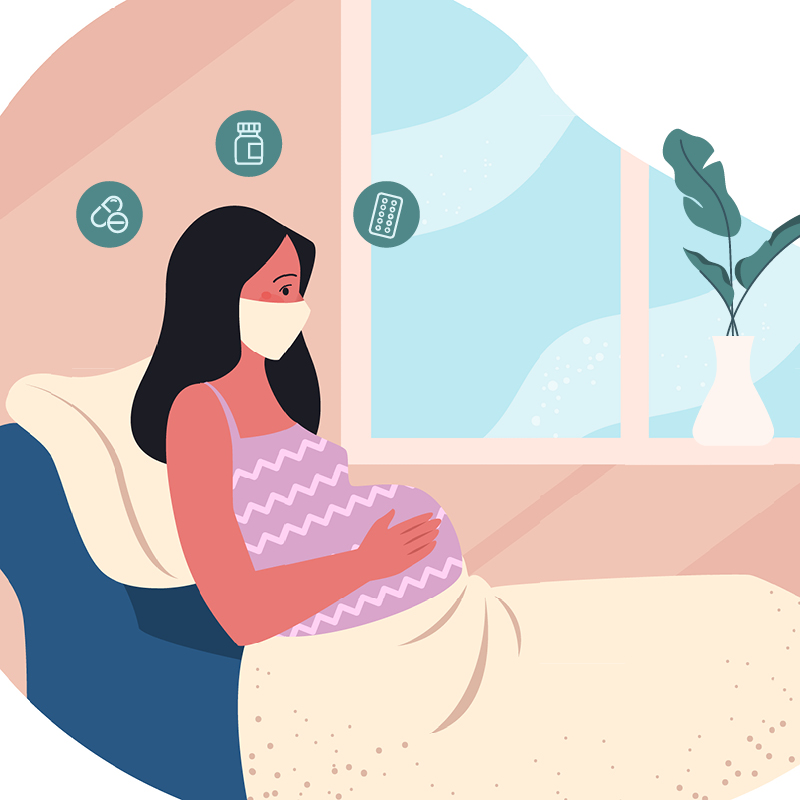For new parents, one of the most daunting challenges can be transitioning your baby to sleep consistently through the night.
Ana Stoica, MD, a pediatrician with Rochester Regional Health, has helped many parents and caregivers navigate the path to sleep training their children. She shares what she has seen work well.
What is sleep training?
Sleep training sounds like a very formal process, but it comes down to teaching a baby to fall asleep in a room alone.
For the first few months of life, babies will usually sleep for 16-17 hours each day, according to the American Academy of Pediatrics. That sleep happens in 1-2 hour stretches, but as most babies get older, they will start to sleep in 4-6 hour stretches at night.
Parents and caregivers can use different techniques and start at different ages, but it all comes down to the same goal of having your baby learn to go to sleep on their own and stay asleep.
When to start
Guidelines from the American Academy of Pediatrics strongly recommend parents or caregivers share a room with their baby for the first 6 months of life. This makes it easier to breastfeed and allows for more bonding between mom and baby, as well as any potential partner.
While parents and the baby can share a room, it is recommended that the baby sleep on a separate, flat surface such as a crib or bassinet.
Some parents or caregivers start to consider moving their child into their own room starting around 4 months. This starts to happen more consistently at 6 months.
Start by having your baby be more active and playful during the daytime and settle down as the nighttime hours begin.
“Once you start the process, you need to be firm and consistent with it,” Dr. Stoica said. “Stopping and starting the sleep training process can send mixed messages to your baby about whether they should sleep alone or not. If you start again a second time, it will likely take longer.”
What are some of the different methods?
Each parent or caregiver chooses the method that is right for them and their child. Talking with your close friends and pediatrician about various ways to start sleep training can be helpful.
Most parents try out these options:
Crying it out
This is the method most parents refer to when talking about sleep training. Using this technique is exactly what it sounds like – and can be tough on a parent’s heartstrings. At the same time, it is effective.
When your baby is getting drowsy (not already asleep), bring them into their room and place them in their crib. The crib should have a firm mattress with a fitted sheet – no blankets, pillows, toys, or bumpers. Leave them on their back and leave the room, and let them do what the method’s name says: cry it out.
Most babies start to learn after one or two nights that they can soothe themselves and begin to fall asleep on their own. Again, this method is tough, but is simple and effective.
Ferber method
Elements of the Ferber method are similar to crying it out, but allow for some time to reassure your baby that you have not left them.
In a similar way, place your baby in a crib on their back when they are drowsy and leave the room.
Wait a minute or two before responding, then walk back in and show them you are still present. Give them a hug and talk to them, then leave the room again. Some people pick their babies up then put them back in the crib; others stand over the crib and hug or stroke their baby, but do not pick them up. It’s up to you.
Gradually increase the time you leave the room so your baby stays alone for longer. Start with 3 minutes, then 5 minutes, 10 minutes, and so on.
Up-and-down method
Often combined with the Ferber method, this way of sleep training focuses on physical comfort.
When you put your baby down in the crib and leave the room, wait until they start to cry and then walk back in and pick them up. Holding your baby will comfort and soothe them and get them to quiet down.
Once the baby is quiet and calm again, put your baby back down into the crib and leave the room. This takes more time, but can be easier on the parent or caregiver.
“All of these methods start from a similar place,” Dr. Stoica said. “Make sure your child is drowsy but not asleep, have your child in their crib alone, and get them to soothe him or herself.”
General reminders
Regardless of which technique you choose, there are some things every parent should keep in mind during the sleep training process.
Make a routine. Babies and young children respond well to stability. For example, if you create a routine of starting to slow down, changing your child into pajamas, reading a book or two, then moving toward their room, this will start to catch on.
It takes time. Babies are smarter than we give them credit for. Sleeping training isn’t a weeks-long process, but still takes dedication. Expect to commit to sleep training for 4-7 nights in a row.
Be consistent with your training. You are not doing yourself or your baby any favors by stopping the process. It is hard to hear your child cry, but it is necessary for them to learn how to soothe themselves.
Trial and error. You may not have success with the first technique you try – and that’s okay! Try a new way to sleep training until you find one that works for you and your baby. As all adults know, no parent gets every aspect of parenting perfectly right every time.
No phase lasts forever. In the moment, an overtired baby and a sleep-deprived parent can make small stretches of time seem much longer. Stick with it, and you and your baby will be able to make it through. “Wait two weeks” is an oft-repeated phrase in early parenting that bears repeating.
Resources to consider
If you are thinking about starting sleep training for your baby, ask your pediatrician. He or she may have some suggestions that would make it go more smoothly for you.
The American Academy of Pediatrics has a multitude of articles, blogs, lists, and studies compiled by doctors and researchers that are reviewed and trusted.
“You are doing what is right for your baby when you sleep train them,” Dr. Stoica said. “The main thing to remember is not to co-sleep and make sure your child has a safe sleep environment.”








